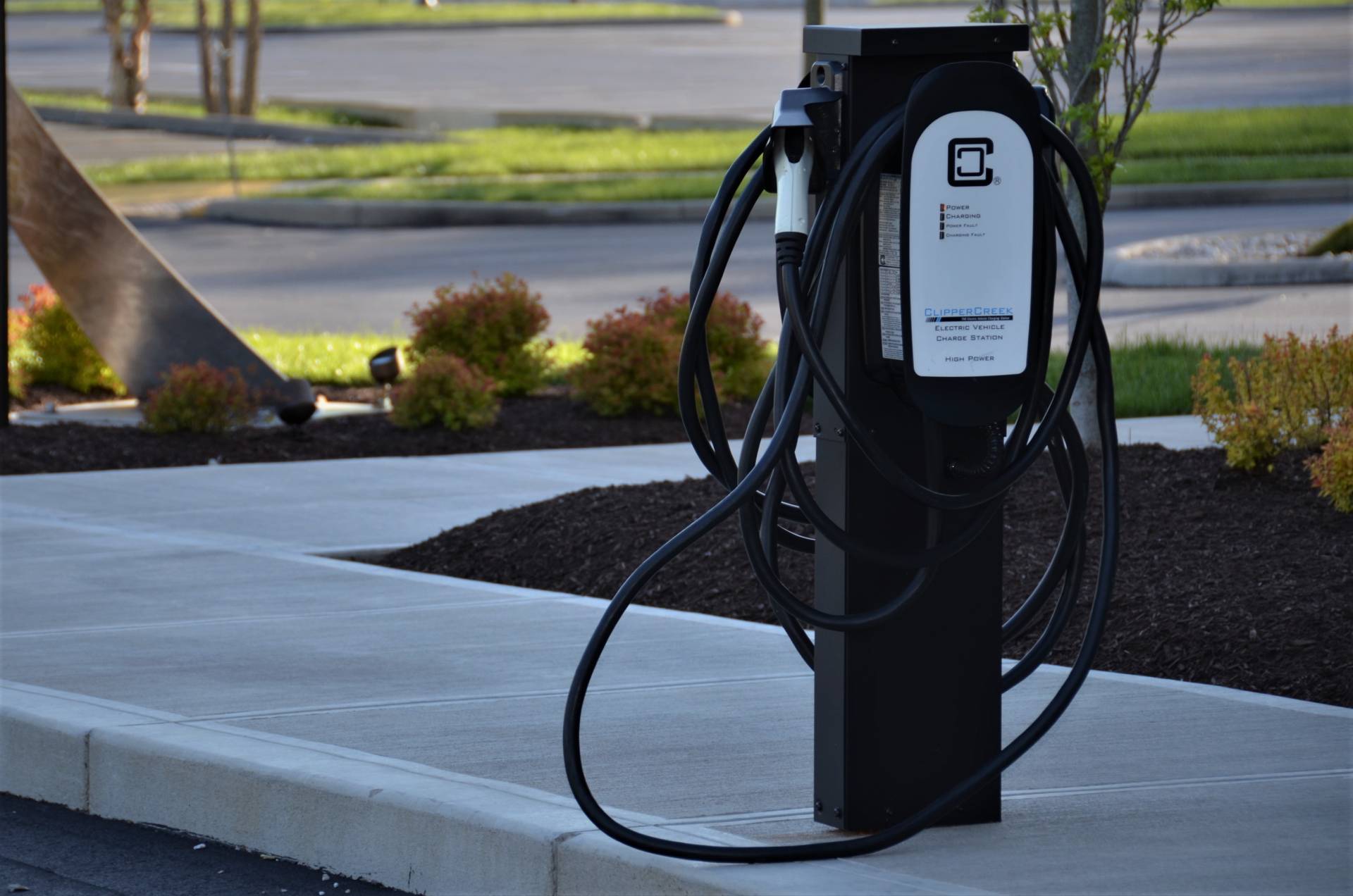For those of you considering purchasing an electric vehicle for the first time, you no doubt have a lot of questions. Powering your vehicle with electricity rather than fuel is a whole different kettle of fish after all. Making sure you know how and when to top up on electricity is paramount. So, without further ado we’re going to run through the different charging levels for EV.
What are the charging levels for EV?
There are three levels of EV charging that you need to know about: Level 1, 2, and 3. The different levels determine how quickly you can charge your car. Simply put, the higher the level of charging, the faster the charging process.
Level 1:
Every electric vehicle or plug-in hybrid can be charged on Level 1. This 120-volt household outlet is the slowest way to charge an EV. It adds between 3 and 5 miles to your journey per hour. So, if you’re on the move and need to get somewhere in a reasonable time frame, it’s not recommended that you choose a Level 1 charger to top-up en-route. This is more suitable for overnight charging when your car is parked at home.
Level 2:
Level 2 is the most commonly used charging level, and is suitable for installing at home, work, or public locations. Level 2 charging can add between 12 and 80 miles of range per hour, depending on the power output of the charger and the vehicle’s maximum charge rate.
Level 3:
The fastest type of EV charging available, Level 3 can recharge an EV at a rate of 3 to 20 miles of range per minute. Very few homes have the high-voltage supply that is required for level 3 charging, which is why you won’t see these installed at residential locations.
Other charging considerations
Just like regular cars take different types of petrol, every electric vehicle can accept different amounts of power. It’s important to know how much power your vehicle can hold before making a purchase – after all, if you drive longer distances, you won’t want to have to top up loads of times just to get from A to B.
On the flip side of that, you also won’t want to have to wait for a sluggish top-up that leaves you idle and frustrated. That’s why it’s recommended that you strategically plan your electric charging to ensure you’re not wasting time or end up being late for any engagements. Choosing the right charging level is a great way to ensure a smoother journey. We hope this guide will help you seamlessly navigate the roads with your new electric vehicle.
At Bailey Electrical, we install EV charging points at domestic, commercial and public sites. Contact us today to find out more. If you’re not sure which charging level is right for your premises, our expert team are on hand to assist.

